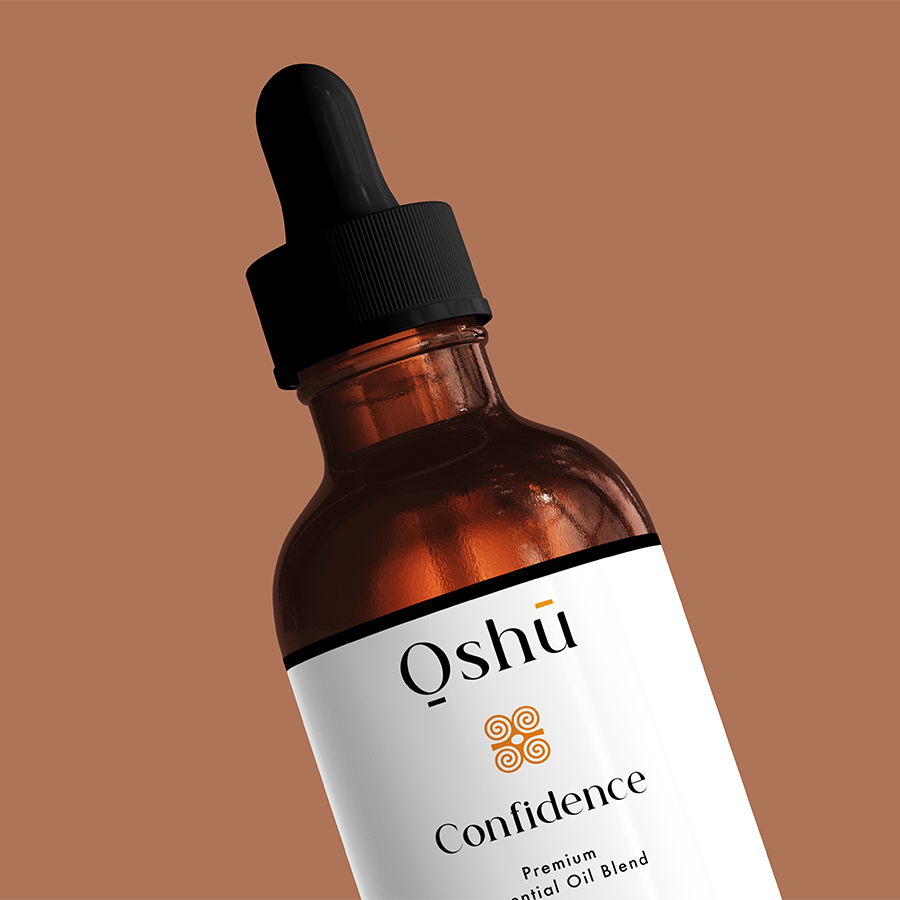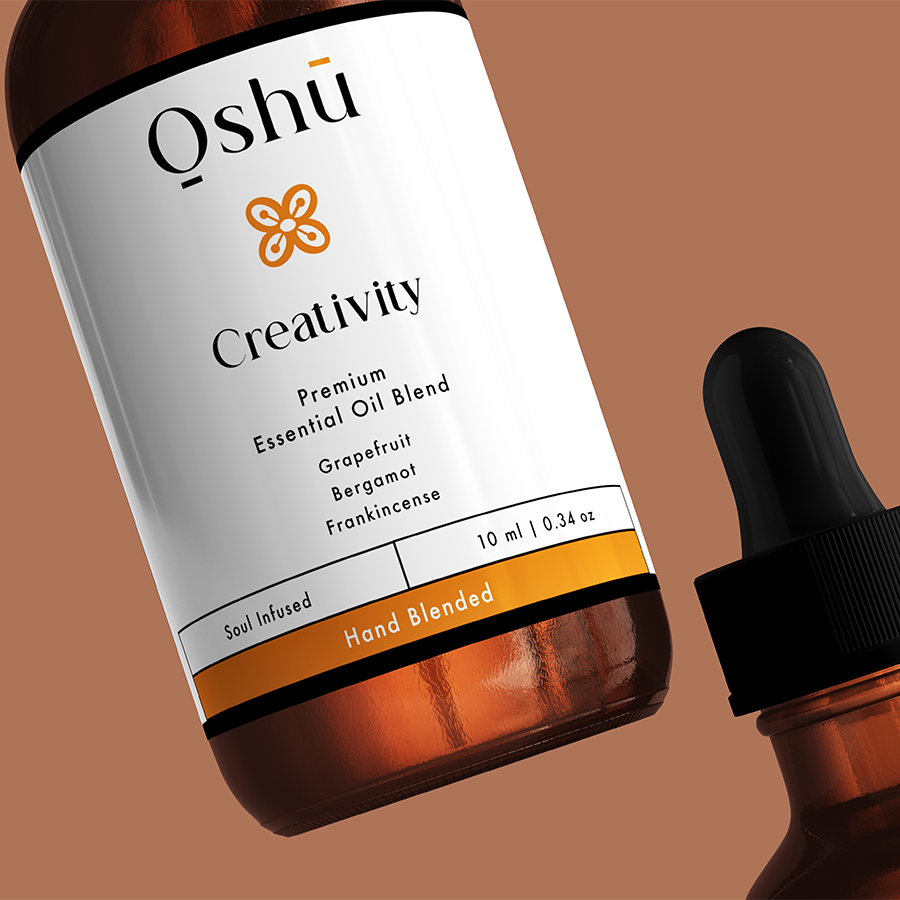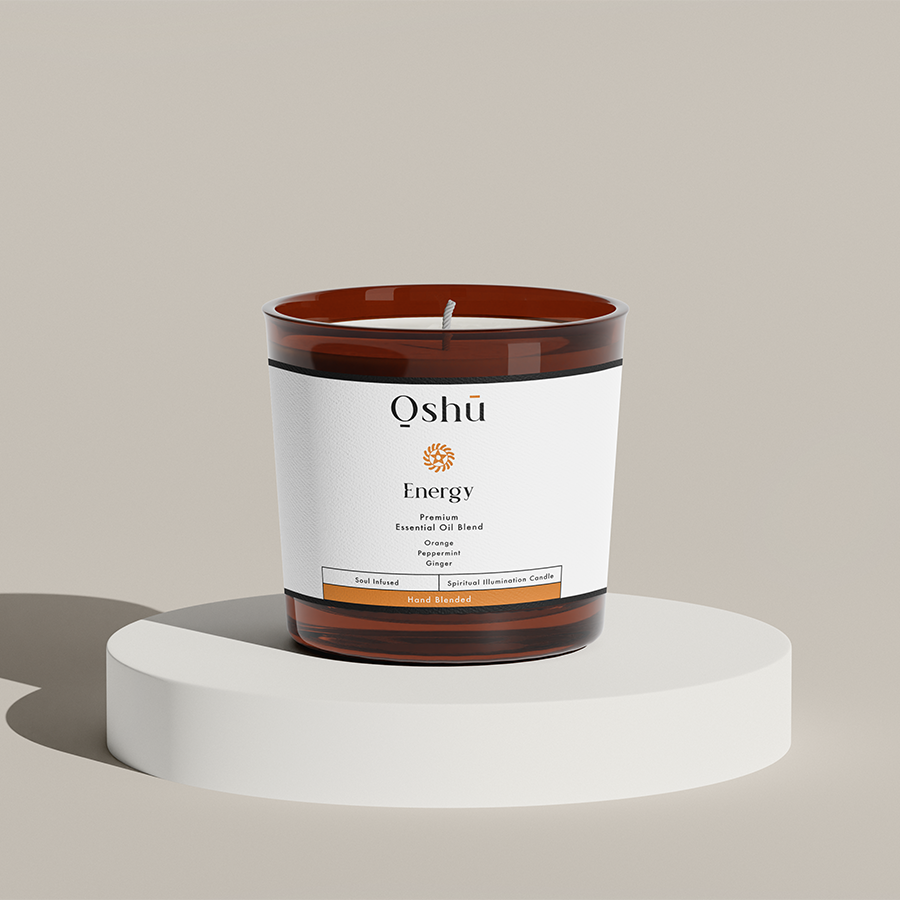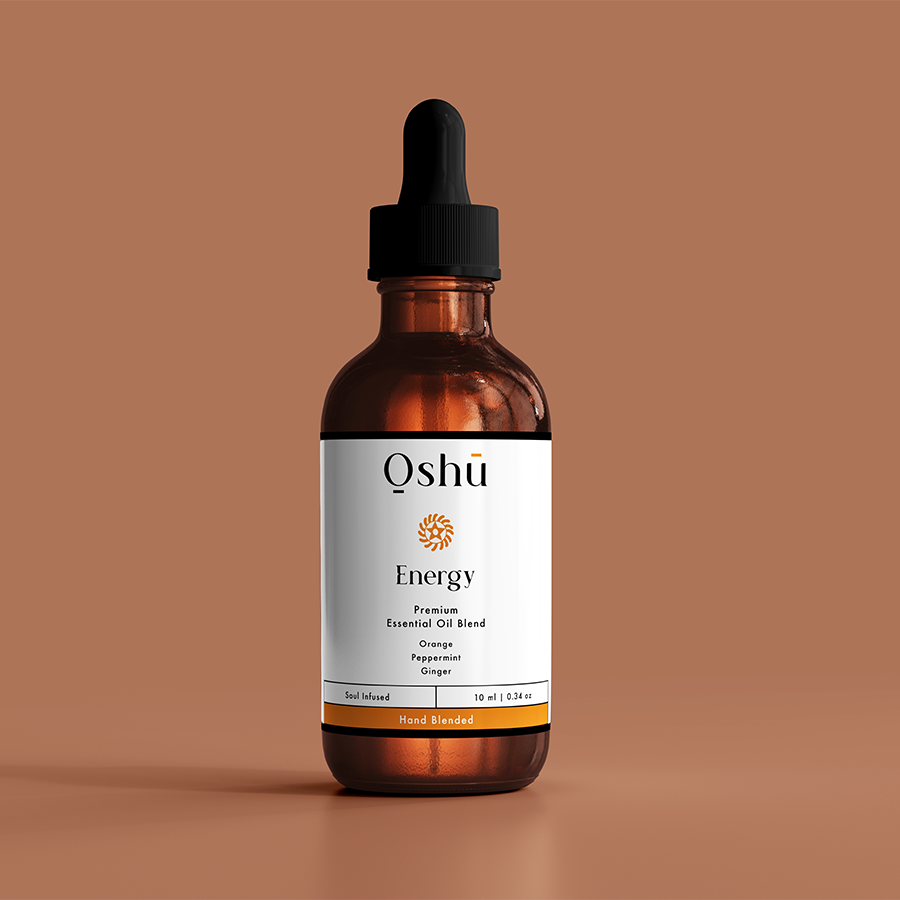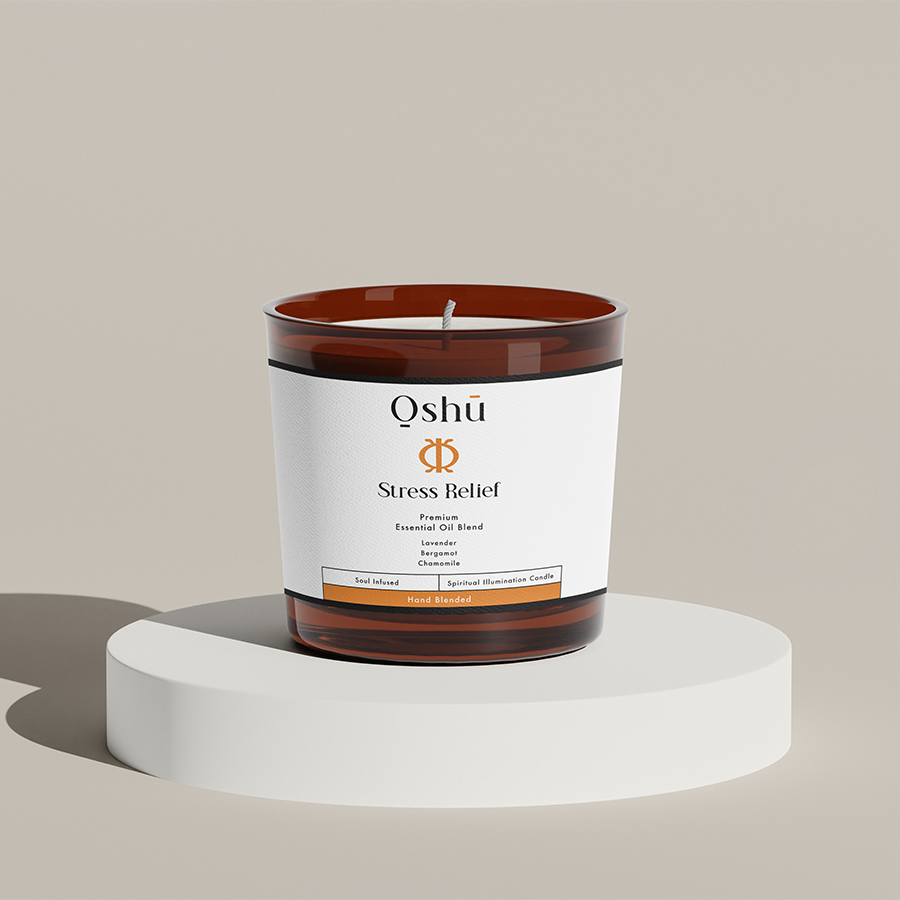Candida, a type of fungus, is a common inhabitant of the human body. However, when it overgrows, it can cause a range of uncomfortable and unsightly skin issues. Candida on skin, also known as cutaneous candidiasis, can affect anyone, but it’s more common in people with weakened immune systems, diabetes, or those taking antibiotics. In this article, we’ll delve into the causes, symptoms, and diagnosis of candida on skin, as well as explore the role of essential oils in its treatment and prevention.
Table of Contents
- Causes of Candida on Skin
- Symptoms of Candida on Skin
- Diagnosis of Candida on Skin
- Essential Oils for Candida on Skin: A Natural Approach
- Using Essential Oils for Candida on Skin: Safety Precautions and Blending Tips
- Effective Essential Oil Blends for Candida on Skin
- Combining Essential Oils with Conventional Treatments
- Preventing Candida Overgrowth on Skin
- Frequently Asked Questions
Causes of Candida on Skin
Candida overgrowth on skin can occur due to various factors, including:
– Warm and humid environments, which create an ideal breeding ground for fungal growth
– Poor hygiene and inadequate skin care
– Weakened immune system, making it harder for the body to fight off fungal infections
– Diabetes, which can lead to high blood sugar levels and create an environment conducive to fungal growth
– Antibiotic use, which can disrupt the balance of gut bacteria and lead to candida overgrowth
– Hormonal imbalances, particularly in women, which can affect the body’s natural ability to regulate fungal growth
Symptoms of Candida on Skin
The symptoms of candida on skin can vary depending on the location and severity of the infection. Common signs and symptoms include:
– Itching, burning, or stinging sensations on the skin
– Redness, inflammation, and swelling
– Small, white, or yellowish patches or bumps on the skin
– Crusting or oozing of the affected area
– Skin lesions or rashes
Diagnosis of Candida on Skin
Diagnosing candida on skin typically involves a combination of physical examination, medical history, and laboratory tests. Your healthcare provider may:
– Examine the affected area visually
– Ask about your medical history, including any previous fungal infections or underlying health conditions
– Perform a skin scraping or biopsy to collect a sample of skin cells and tissue
– Conduct a KOH (potassium hydroxide) test to examine the skin sample under a microscope
– Perform a fungal culture to identify the type of fungus present
Essential Oils for Candida on Skin: A Natural Approach
While conventional treatments for candida on skin often involve antifungal medications, essential oils can provide a natural and effective alternative. Certain essential oils have antifungal, antibacterial, and anti-inflammatory properties, making them ideal for combating candida overgrowth and promoting healthy skin. Some of the most effective essential oils for candida on skin include:
– Tea tree oil (Melaleuca alternifolia), known for its potent antifungal and antibacterial properties
– Lavender oil (Lavandula angustifolia), which has calming and soothing effects on the skin
– Geranium oil (Pelargonium graveolens), which has antifungal and antibacterial properties, as well as a balancing effect on hormones
– Oregano oil (Origanum vulgare), which has powerful antifungal and antibacterial properties
Using Essential Oils for Candida on Skin: Safety Precautions and Blending Tips
When using essential oils for candida on skin, it’s crucial to follow proper safety precautions and blending guidelines to ensure effective and safe treatment. Here are some tips to keep in mind:
– Always dilute essential oils in a carrier oil (such as coconut or jojoba oil) before applying to the skin, as they can be highly concentrated and potentially irritating
– Start with small amounts and gradually increase as needed and tolerated
– Avoid using essential oils on open wounds or broken skin
– Blend essential oils with other natural ingredients, such as aloe vera or honey, to enhance their effectiveness and skin-soothing properties
– Consult with a healthcare professional or certified aromatherapist before using essential oils, especially if you have a weakened immune system or underlying health conditions
Effective Essential Oil Blends for Candida on Skin
Here are some effective essential oil blends you can try for candida on skin:
– 2 tablespoons of coconut oil, 10 drops of tea tree oil, and 5 drops of lavender oil: Apply topically to affected areas 2-3 times a day
– 2 tablespoons of aloe vera gel, 10 drops of geranium oil, and 5 drops of oregano oil: Apply topically to affected areas 2-3 times a day
– 2 tablespoons of jojoba oil, 10 drops of tea tree oil, and 5 drops of geranium oil: Apply topically to affected areas 2-3 times a day
Combining Essential Oils with Conventional Treatments
In some cases, combining essential oils with conventional treatments may be necessary to effectively treat candida on skin. Consult with your healthcare provider to determine the best course of treatment for your individual case. They may recommend using essential oils in conjunction with antifungal medications, topical creams, or other treatments.
Preventing Candida Overgrowth on Skin
Preventing candida overgrowth on skin requires a combination of good hygiene, healthy lifestyle choices, and natural remedies. Here are some tips to help you prevent candida overgrowth:
– Practice good hygiene: Keep your skin clean and dry, especially in warm and humid areas
– Wear loose, breathable clothing: Avoid tight-fitting clothes that can trap moisture and create an ideal environment for fungal growth
– Manage your blood sugar levels: If you have diabetes, work with your healthcare provider to manage your blood sugar levels and prevent fungal infections
– Boost your immune system: Engage in regular exercise, eat a balanced diet, and get enough sleep to keep your immune system strong
– Use natural antifungal agents: Apply tea tree oil or other antifungal essential oils to your skin regularly to prevent fungal growth
Frequently Asked Questions
What is Candida and how does it affect the skin?
Candida is a type of fungus that naturally occurs on the skin and in the body. However, when it overgrows, it can cause a range of skin issues, including redness, itching, burning, and rashes. Candida thrives in warm, moist environments, making areas like the armpits, groin, and skin folds prone to infection.
What are the common symptoms of Candida on the skin?
Common symptoms of Candida on the skin include redness, itching, burning, and rashes. In severe cases, it can lead to skin thickening, cracking, and oozing. If left untreated, Candida infections can spread to other parts of the body, causing more severe health issues.
How do essential oils help in treating Candida on the skin?
Essential oils have antifungal and antibacterial properties that help combat Candida overgrowth on the skin. They can be used topically to reduce inflammation, soothe itching, and promote healthy skin. Some essential oils, such as tea tree oil and lavender oil, also have antimicrobial properties that help prevent the spread of infection.
Which essential oils are most effective against Candida?
Some of the most effective essential oils against Candida include tea tree oil, lavender oil, lemongrass oil, and peppermint oil. These oils have been shown to inhibit the growth of Candida and reduce inflammation. Always dilute essential oils with a carrier oil and perform a patch test before using them on the skin.
How do I use essential oils to treat Candida on the skin?
To use essential oils for treating Candida on the skin, mix a few drops of the oil with a carrier oil like coconut or olive oil. Apply the blend to the affected area using a cotton swab or pad. You can also add essential oils to your bath water or use them in a compress to soothe the skin.
Can I use essential oils internally to treat Candida?
It is not recommended to use essential oils internally to treat Candida. Essential oils can be toxic if ingested, and internal use can cause serious health issues. Always use essential oils topically and dilute them with a carrier oil to avoid any adverse reactions.
What is the best carrier oil to use with essential oils for Candida treatment?
Coconut oil is an excellent carrier oil to use with essential oils for Candida treatment. It has antifungal properties that complement the effects of essential oils and help soothe the skin. Other carrier oils like olive oil, jojoba oil, and sweet almond oil can also be used, but coconut oil is the most effective.
How often should I apply essential oils to the affected area?
Apply essential oils to the affected area 2-3 times a day, or as needed. Be consistent with your application to see optimal results. If you experience any irritation or discomfort, reduce the frequency of application or dilute the essential oil with a carrier oil.
Can I use essential oils on broken or cracked skin?
Avoid using essential oils on broken or cracked skin, as they can cause further irritation and delay healing. Instead, focus on soothing the skin with a gentle carrier oil and allowing it to heal before applying essential oils.
How long does it take to see results from using essential oils for Candida treatment?
The time it takes to see results from using essential oils for Candida treatment varies depending on the severity of the infection and individual skin type. Some people may see results within a few days, while others may take several weeks. Be patient, and consistent with your application to see optimal results.
Can I use essential oils in combination with other treatments for Candida?
Yes, essential oils can be used in combination with other treatments for Candida, such as antifungal creams or probiotics. However, always consult with a healthcare professional before combining treatments to ensure safe and effective use.
Are essential oils safe to use during pregnancy or breastfeeding?
Some essential oils, such as tea tree oil and peppermint oil, are safe to use during pregnancy and breastfeeding. However, always consult with a healthcare professional before using essential oils, as some can cause adverse reactions or interact with medications.
Can I use essential oils on children or pets to treat Candida?
Essential oils can be used on children and pets to treat Candida, but with caution. Always dilute essential oils with a carrier oil and perform a patch test before using them on children or pets. Consult with a healthcare professional or veterinarian before using essential oils on children or pets.
What are some common mistakes to avoid when using essential oils for Candida treatment?
Common mistakes to avoid when using essential oils for Candida treatment include using undiluted essential oils, applying essential oils to broken skin, and using essential oils internally. Always follow proper safety protocols and guidelines when using essential oils.
Can I use essential oils to prevent Candida infections?
Yes, essential oils can be used to prevent Candida infections. Add a few drops of tea tree oil or lavender oil to your bath water or use them in a foot soak to prevent fungal infections. You can also use essential oils in a natural deodorant or antiperspirant to prevent Candida growth in the armpits.
How do I store essential oils to maintain their potency and shelf life?
Store essential oils in a cool, dark place, away from direct sunlight and heat. Keep them in tightly sealed bottles and avoid exposing them to air, as this can cause oxidation and reduce their potency.
Can I use expired essential oils for Candida treatment?
Avoid using expired essential oils for Candida treatment, as they may have lost their potency and effectiveness. Always check the expiration date on the essential oil bottle and replace them as needed.
What are some natural ways to prevent Candida overgrowth on the skin?
Natural ways to prevent Candida overgrowth on the skin include maintaining good hygiene, wearing loose-fitting clothing, and avoiding tight synthetic fabrics. Also, avoid sharing personal care items, and wash your hands regularly to prevent the spread of infection.
Can I use essential oils to treat Candida in other areas of the body?
Yes, essential oils can be used to treat Candida in other areas of the body, such as the mouth, vagina, or digestive tract. However, always consult with a healthcare professional before using essential oils for internal use or in sensitive areas.
What are some common essential oil blends for Candida treatment?
Some common essential oil blends for Candida treatment include tea tree oil and lavender oil, lemongrass oil and peppermint oil, and oregano oil and coconut oil. Always dilute essential oil blends with a carrier oil and perform a patch test before using them on the skin.
Can I use essential oils to treat Candida in conjunction with antibiotics?
Consult with a healthcare professional before using essential oils in conjunction with antibiotics. Essential oils may interact with medications or reduce their effectiveness. Always follow the guidance of a healthcare professional when using essential oils with antibiotics.




